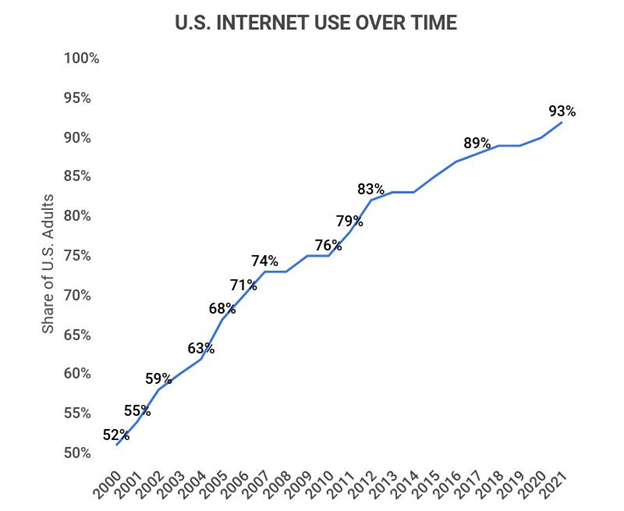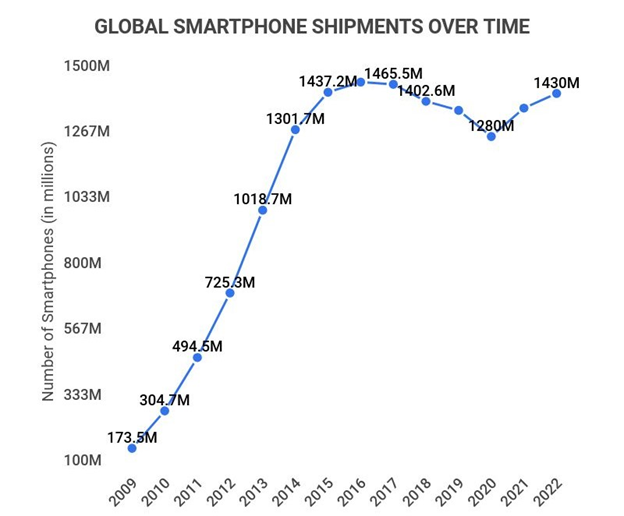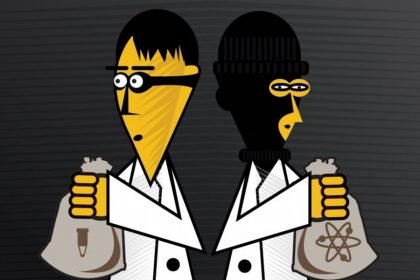Hi readers! If I ask you, “are you familiar with TWWA”? you will immediately say yes. It is a hotplate used to make flat bread (Chapati), Simple? LoL.
Dear readers! it is Technology, Work, Workload and Attitude (TWWA).
So, let’s start with technology which is the application of scientific knowledge for achieving practical goals in a reproducible way or products resulting from such efforts, including equipment, machinery, software, computers, and techniques and processes (like the way we produce computer chips). Hence, it is a branch of knowledge that deals with engineering and applied sciences.
People usually consider electronics as technology, like microwave ovens, electric iron, and washing machines etc. Other form of technology is “Simple Technology” like knife, brushes. It equip people who need certain type of assistance to improve their quality of life and help them avail opportunities that would otherwise be inaccessible. For example,
Artificial Intelligence: prevailed in every sphere of life now,
Information Technology: which revolve around computers,
Space Technology: used in outer space, in travel or other activities beyond Earth’s atmosphere,
Entertainment Technology: or discipline of using manufactured components to enhance entertainment experience, for example video games, online playing games, virtual worlds, and recreational networking technologies,
Medical Technology: or the use of medical knowledge to protect humans from disease or death, or using the knowledge for diagnosis,
Operational Technology: used for programmable devices that interact with the physical environment. These devices use hardware and software to detect through direct monitoring and/or control of industrial equipment, assets, processes and events,
Assistive Technology: used for assistive, adaptive, and rehabilitative devices for elderly people or disabled who face difficulties in performing activities of daily living independently,
Communication Technology: digital tools used to send and receive information including software, computer programs, devices and messaging systems. Successful communication technologies are fast, efficient, convenient and easy to use.
Now let’s talk about work which in scientific terms is the energy transferred to an object via application of force along a displacement. Hence, work is a product of the component of the force in the direction of the displacement, the magnitude of this displacement and the distance traveled.
The nature of work can be of three types which can be positive, negative and zero work and depends upon the angle between force and displacement. Work is said to be Positive if the applied force displaces the object in desired direction, will be negative work if the displacement is in the opposite orientation of the force applied e.g., the gravity on rocket moving vertically upwards or when brakes are applied to a moving vehicle, the work done is negative. Zero work will be in cases when force and displacement are at right angle to one another, or even when either force or displacement is zero. For example, when we stand holding a bag in our hands and do not move it, there is no displacement hence the work done is zero.
Workload is the amount of work an individual has to do that has a fine but defined distinction between the actual amount of work and the individual’s perception of the workload. The two can be differentiated by the term “mental workload” (MWL) which refers to the workload experienced by a human, regardless of the task’s difficulty. This is because the same underlying task might generate two distinct mental responses and experiences, thus, different cognitive load amounts, even if executed by the same person.
People in Pakistan don’t understand the significance of mental workload because they seldom apply mind (with few exceptions) in performing any task. To them work is measured by hours weather spent gossiping, cheating, deceiving or manually working. How we can progress with this attitude can be anybody’s guess.
Attitude towards work are feelings we have toward different aspects of the work environment. Job satisfaction and organizational commitment are two key attitudes that are the most relevant to important outcomes.
Within organizational behavior, researchers usually focus their attention on three types of work-related attitudes comprising job satisfaction, job involvement, and organizational commitment.
A positive attitude at the workplace can be one of the keys to getting work done effectively and improving our work experience.
Positive attitude at work helps create a collaborative and supportive culture that promote productivity and personal growth, employee morale, and team building abilities.
A negative attitude in the workplace creates an atmosphere of distrust among employees which force employees to achieve success at the expense of each other. That’s what forced me to write this blog.
Remember in the earlier blog on AID and TRADE, I mentioned that we possesses a lethargic and deceiving (negative) attitude which when questioned, force us to take refuge behind religion.
Why?
My view is, that since we are used to easy money hence, we don’t want to work at all, what to talk about “Hard work”. Consequently, we are reluctant to be part of and develop advanced technologies despite the fact that we use computers and mobiles phones. This negative attitude is prohibiting us from progressing at the pace of our neighboring countries because they understands, appreciate and adopt advanced technologies in every sphere of their work.
The question arises.
How fast is technology advancing? Is it growing, evolving and accelerating at exponential rates?
Abby McCain of “Fact Checked” in January 2023 answer these questions as BIG YES because,
All around the world, technology is becoming part of everyday life, and its capabilities are progressing rapidly as evidenced by the below mentioned statistics which indicated that there are:
4.95 billion internet users in the world as of 2023.
7.33 billion mobile phone users in the world.
38.6 billion IoT (internet of thing: a network of devices and machines that share information across the internet, including smartphones, cars, and smart home devices, and city-wide devices such as traffic signals) connected devices around the world by 2025. It’s estimated that the world will be using 50 billion IoT devices by 2030.
1.35 million tech startups companies in the world deliver new technology, products, services, or existing technology, products, or services in new ways. (Pakistan has 11,309 startup companies while India has 27,000,
93% of U.S. adults use the internet (Figure 1).

Figure 1. Internet adoption rate in US adults
97% of Northern Europe’s population has access to the internet: the highest penetration rate in the world.
The average internet penetration rate worldwide is 60%. In Pakistan, it is 36.7 % of the total population at the start of 2023.
91.6% of Fortune 1000 companies are increasing their investments in Big Data and Artificial Intelligence (AI) because They all believe that both Big Data and AI will help them stay competitive,
It’s estimated that 2.5 quintillion (One billion giga bytes) of data are created each day ( 2.5+18 zeros) and as of 2020, 1.7 MB of data is created for every person on earth every second.
As of 2017, over 19.2 billion transistors fit on a microprocessor compared to over 2,300 transistors that fit in 1971.
This 46-year growth rate reflects that the number of transistors on microprocessor would double every two years
(Figure 2).

Figure 2: Computational capacity of Fastest supercomputers
Trends and predictions
The global wearable AI market is projected to be worth $69.51 billion: $10.63 billion more than in 2019 which results in Compound Annual Growth Rate (CAGR) of 26.5% during the seven-years’ time,
In 2020, there were 1.28 billion smartphones shipped around the world, projected to hit 1.43 billion in 2022 (Figure 3 below).

Figure 3. Global smart phone shipment over time
Internet user penetration in the U.S. is projected to be 94.2% by 2025.
The Republic of the Congo has the fastest growing online population, with 126% year-on-year growth in 2020, followed closely by Democratic Republic of the Congo with a YOY growth rate of 122%, Samoa with an 86% growth rate, and Iraq with a 55% growth rate. Pakistan has 87.35 million (36.7 % of total population) internet users in January 2023 (Pl. assess where we are standing).
Questions:
Is technology growing exponentially?
Yes. Computer’s speed and power have been doubling every one to two years since the 1960s and 70s. This is exponential growth. Some experts doubt this rate is sustainable for much longer but is sustaining till now.
How fast is the artificial intelligence industry growing?
It is growing by 16.4% year over year. This is the International Data Corporation (IDC) estimate for 2021.
Why is technology is growing so fast?
Because each technological innovation makes more possibilities and reduce costs of technology which make it increasingly accessible, widespread, and helping it to quickly advance.
Conclusion
Technology has become a part of everyday life in the form of the internet, smartphones, and other smart devices. There are 4.95 billion internet users around the world, but only 60% of the world has internet access.
Over 80% of global population with smartphones connect to the internet, which along with 22 billion other similarly connected, non-phone devices to IoT sharing information which is expected to be 50 billion devices by 2030.
Dear readers! with less than 40% of the literate population, can we ever dream of catching the pace of this advancement? Its time to worry else we will be eliminated (“Tumhari dastan tak na ho gi dastano mein“: you will not be remembered as an entity).
What do you think?
See you next week, till then, Bye .





